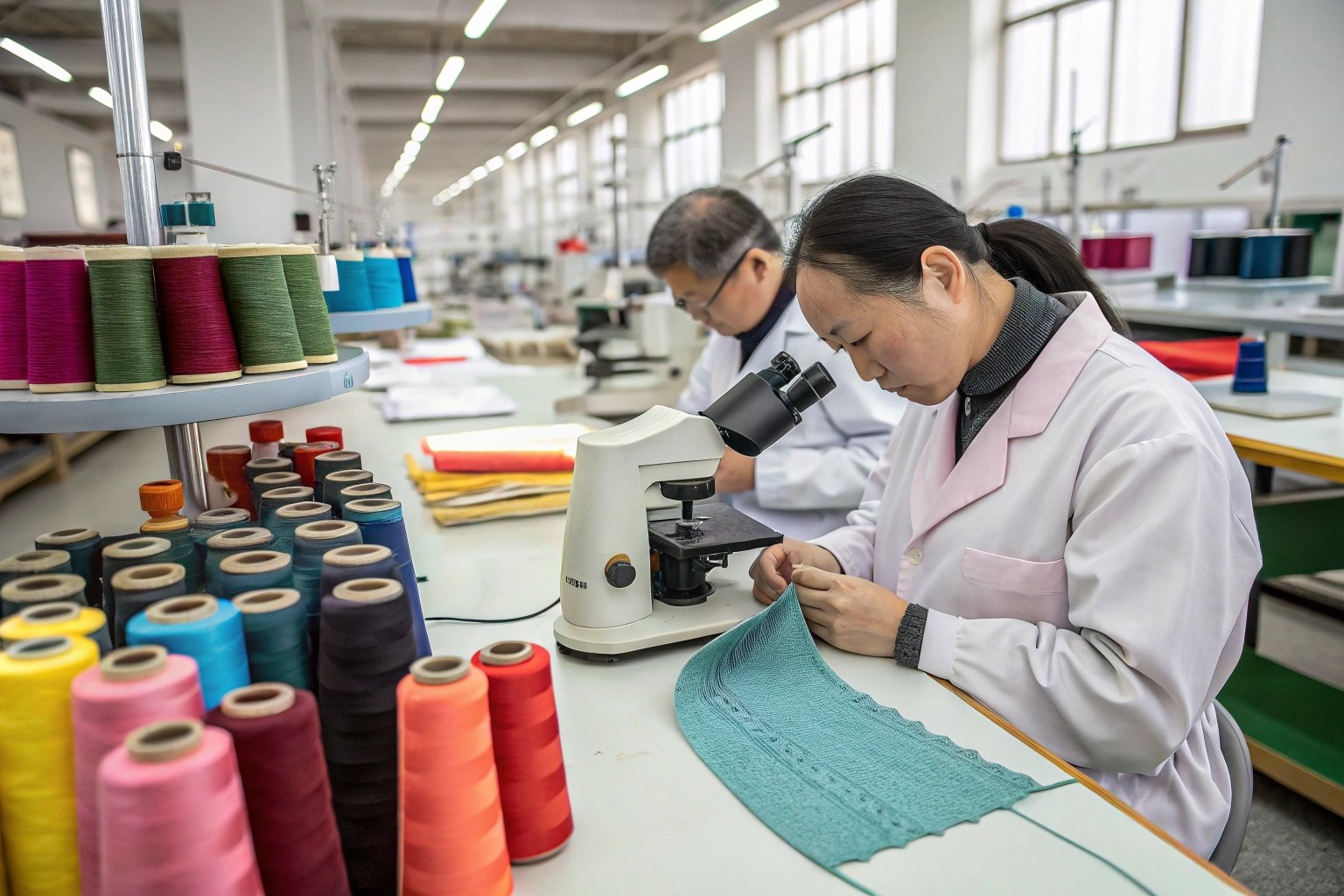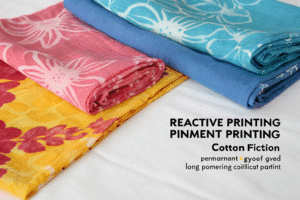Yarn twist plays a silent yet powerful role in determining how a fabric feels, behaves, and performs under various conditions. Many buyers, even experienced ones, tend to focus on fiber type, weave, or dyeing technique—often overlooking twist level as a key specification in fabric development.
Twist per inch (TPI) or twist level affects everything from fabric softness, drape, and strength to shrinkage, pilling, and moisture control. For custom textiles—whether it’s fashion, home furnishings, or sportswear—understanding yarn twist enables more accurate sourcing, better QC, and improved end-user satisfaction.
Let’s unpack how different twist levels shape hand feel, durability, and specific fabric behaviors, giving you better control when working with Chinese textile suppliers.
What Is Yarn Twist and Why Does It Matter?
Twist refers to the number of turns inserted into a yarn during spinning. It’s measured in turns per inch (TPI) or turns per meter (TPM), and this spiral structure dictates many of the yarn’s properties.
Higher twist levels usually increase strength and firmness, while lower twist yields a softer, fluffier feel.
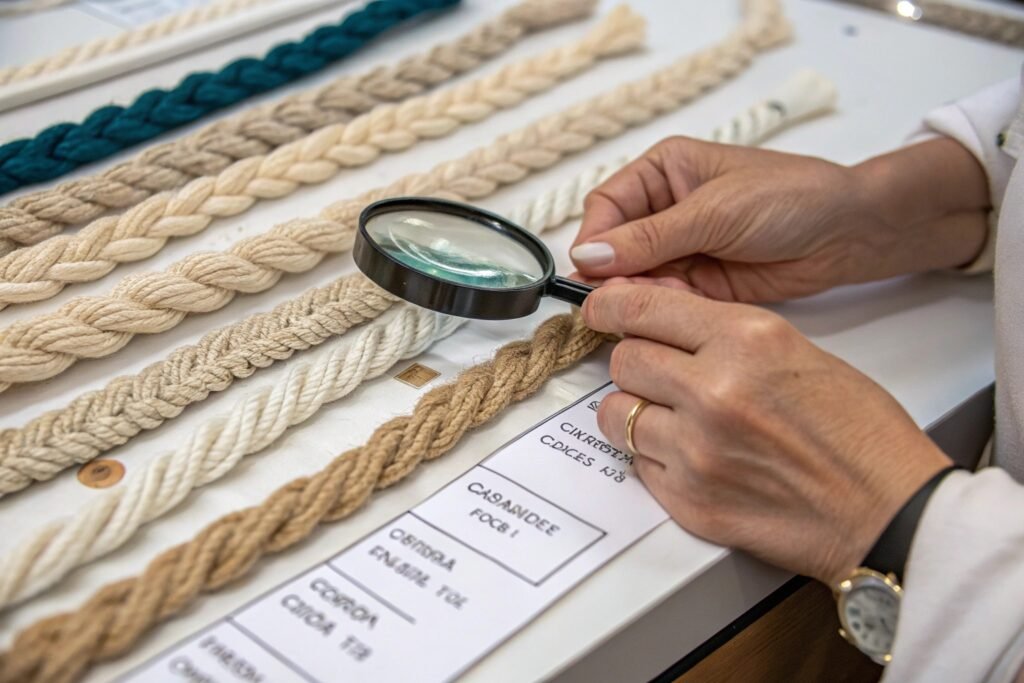
How Does Low Twist Influence Fabric Hand Feel?
Low-twist yarns are known for their soft, smooth texture. They are ideal for towels, bedsheets, or babywear where comfort is key. Due to the looser structure, they also absorb moisture more easily—perfect for items like spa textiles or bathrobes.
However, low-twist yarns are also prone to pilling and may wear out faster under abrasion. In knitted fabrics, they yield better drape but lower dimensional stability.
Why Is High Twist Used in Performance Textiles?
In high-twist yarns, the fibers are tightly bound, creating a firmer and more compact yarn. This increases tensile strength and reduces fuzziness. That’s why it’s preferred in sportswear, shirting, and high-stress woven applications.
Many technical fabrics use high-twist yarns to improve fabric resilience and reduce friction. They are less likely to absorb water and provide a more “crisp” hand feel—like in high-twist poplin or twill shirting.
How Twist Direction (Z or S) Affects Final Fabrics?
Twist direction—Z-twist or S-twist—refers to the spiral angle created during spinning. Though often overlooked, twist direction plays an important role in fabric aesthetics, elasticity, and compatibility with finishing processes.
Using the wrong twist direction for the wrong purpose can distort the fabric or create unintended stretch and curl.
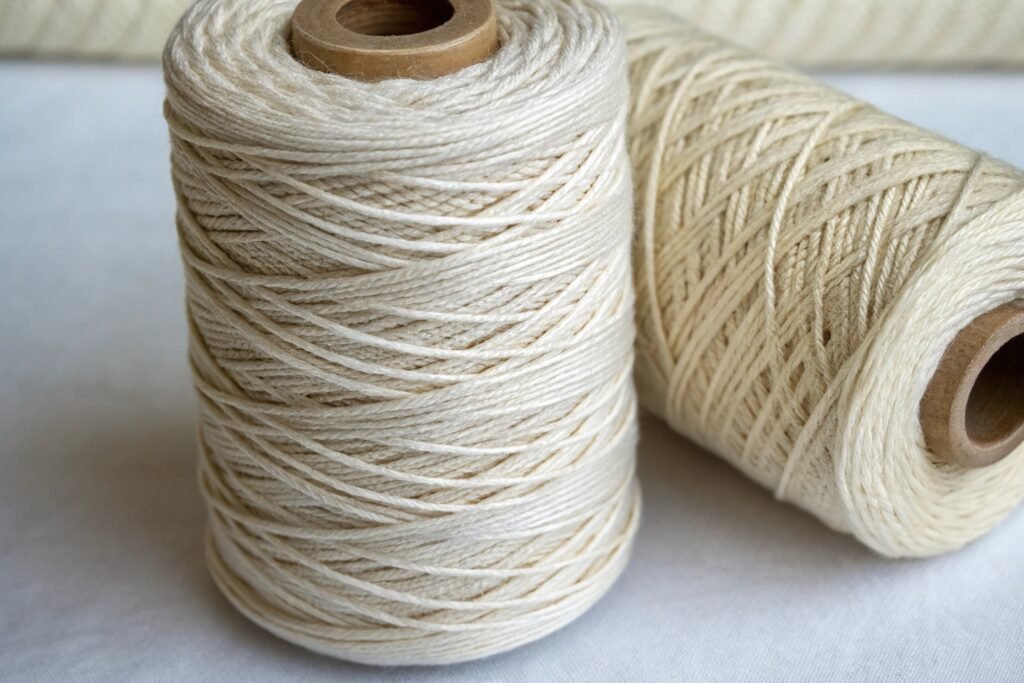
What’s the Difference Between S and Z Twist?
S-twist spirals upward to the left like the central part of the letter “S,” while Z-twist turns to the right like a “Z.” The majority of single yarns are spun in Z-twist, while ply yarns may be spun in S for balance.
This detail matters when knitting or weaving. If the yarn twist direction conflicts with machine twist or garment motion, it can cause bias or twisting—especially noticeable in jersey knits.
How Do Twist Directions Affect Stretch and Curl?
In knitted fabrics, Z-twist yarns tend to curl toward the right side, while S-twist may neutralize that effect in double knits or blends. This is crucial in applications like hosiery or bodywear, where precision fit matters.
In weaving, combining both S- and Z-twist can produce unique textures or effects like crepe—where the opposing twist directions cause surface puckering or wrinkles.
How Does Yarn Twist Influence Fabric Strength and Durability?
Durability is one of the primary performance indicators affected by yarn twist. Tightly twisted yarns resist mechanical stress, pulling, and friction far better than loose ones.
For outdoor gear, uniforms, and technical upholstery, twist is as critical as denier or fiber type.
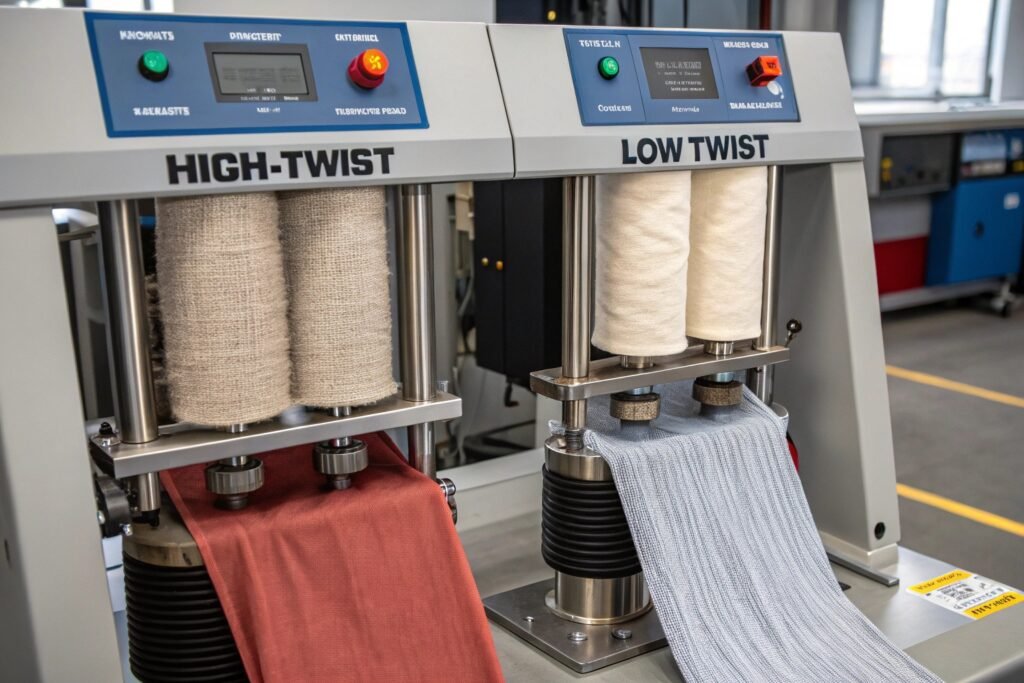
Does More Twist Always Mean More Strength?
Generally yes—but up to a point. Excessively high twist can cause the yarn to become stiff and brittle, making it less flexible and more prone to kinking or snarling. It’s a delicate balance.
In applications like military textiles or industrial belting, a moderate-high twist provides optimal strength without compromising on workability. Too little twist, and the fabric becomes weak and fuzzy.
How Does Twist Affect Abrasion and Pilling?
High twist yarns have fewer protruding fibers, which means less abrasion and pilling. For example, polo shirts and activewear made with combed, tightly twisted yarns retain their clean look after many washes.
Textiles used in hotel uniforms or transport seat covers benefit from this quality, ensuring a longer lifespan and better ROI.
Can Twist Level Be Adjusted for Specific Fabric Applications?
Yes. Modern spinning and twisting technologies in China allow mills to customize yarn twist levels based on the end use. Whether you’re producing drapey dresses or rigid canvas bags, twist is a dial we can fine-tune for you.
This flexibility enables niche customization in MOQ-friendly volumes, especially for innovative buyers.
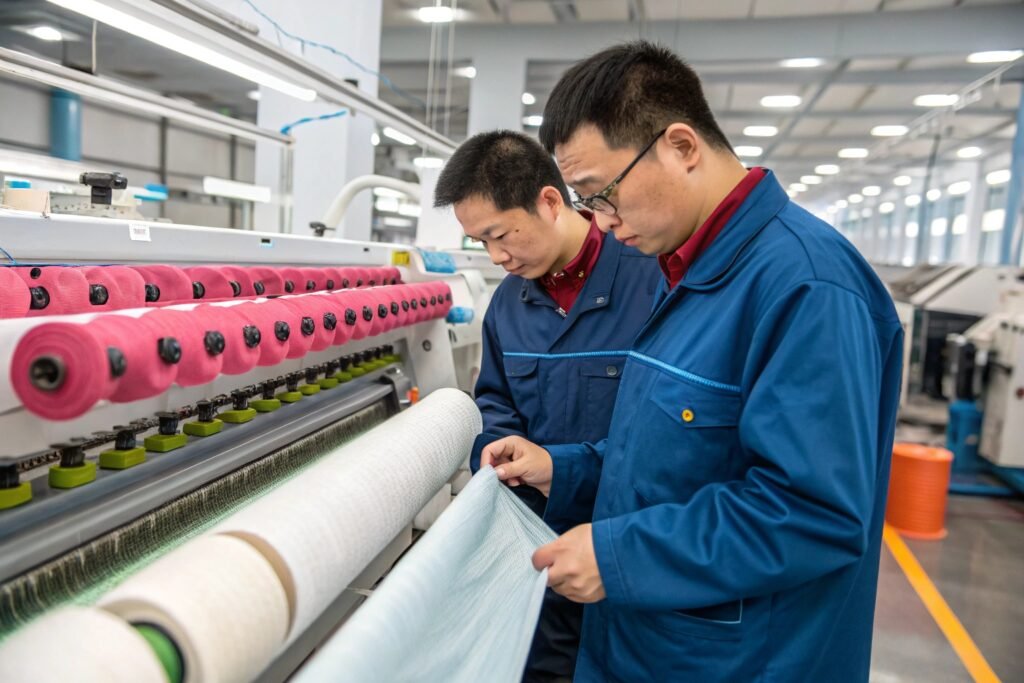
What Twist Settings Work Best for Soft-Handed Fabrics?
For ultra-soft fabrics—like those in luxury loungewear, scarves, or sheets—we recommend low-twist yarns combined with brushed finishing. Think modal jersey, viscose twill, or bamboo knits.
These often start with yarns twisted at 3–6 TPI, and undergo post-processing like sueding or enzyme washing. Brands on Etsy often highlight this softness in their product listings.
Can Twist Be Customized for High-Tech Applications?
Absolutely. For technical fabrics like compression garments or shell jackets, yarn twist can be optimized to enhance stretch control, shape retention, and water resistance.
In our lab, we often adjust TPI and direction to balance stretch in warp vs weft, or to reduce water absorption in coated fabrics used for sports outerwear. It’s a small change with big impact.
Conclusion
Yarn twist is a core fabric property that’s often hidden from buyers but profoundly affects how your textiles feel, stretch, age, and perform. Whether it’s softness, drape, pilling resistance, or fabric strength—you’re not just buying fiber or color, you’re buying twist structure too.
At Fumao Fabric, we help clients like Ron from the U.S. fine-tune yarn twist levels to suit their market demands. With CNAS-certified testing, real-time lab support, and small-MOQ trial runs, we ensure you’re not just sourcing fabric—you’re engineering it. Twist matters, and we’re here to get it right with you.

